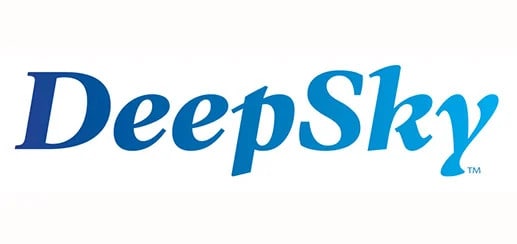For warehouse owners: Remove the guesswork when setting a rental price and price your space based on actual market factors.
Set the rent too high, and your space sits vacant. Price it too low, and you leave money on the table or attract tenants who don’t match the level of care, reliability, or long-term commitment you’re looking for. The lease amount should come from understanding how your property compares to others nearby, what’s leasing, what’s sitting, and what types of businesses are active in your market.
Here’s how to analyze market comparisons, vacancy rates, and property features to set a realistic, competitive rental price.
Base Your Price on Signed Leases, Not Advertised Rates
The prices you see on listing platforms or broker sites are often inflated. They reflect what landlords are hoping to get, not what tenants are actually agreeing to. To set a realistic price, you need to know what similar spaces have recently leased for and the nuances behind those deals. Short-term leases may come with a higher rate per square foot, while longer commitments may come with “discounts” that reduce the average monthly rent.
Where to find useful lease data:
- Ask commercial brokers if they’re willing to share anonymized lease data from comparable situations, but expect limited access unless there’s an existing relationship through prior interactions or a mutual benefit in sharing these details, like referrals, or reciprocal business.
- Check industrial and logistic market reports from brokerages like CBRE, JLL, or Colliers. Look for footnotes, charts, or commentary that reference prices. You won’t always find exact lease rates, reports may use trend data or leasing activity tied to variables like size by square footage, etc. All of which may be useful in your search.
- Use platforms like CoStar, LoopNet, or Crexi carefully. Advertised rates often reflect ideal terms, not what tenants actually agree to. Listings may stay live long after a deal is done. You may also encounter rates that only apply to specific units or lease lengths. Treat these platforms as a way to identify general pricing brackets among active listings, but not as a source of verified lease data.
Adjust Pricing Based on How the Space is Used
Square footage alone doesn’t determine value. A tenant may need dock doors for loading freight, or may prefer a drive-in “vehicle bay,” if they’re handling local deliveries. Ceiling height may only matter if the tenant plans to rack inventory or store oversized equipment. If the space has a standard door, low clearance, limited access, or an atypical configuration, that’s going to narrow your pool of tenants, and your pricing should reflect your physical space.
Use listing platforms like Crexi or LoopNet to find price ranges for spaces with similar features to yours.
Apply Space-Specific Details When Reviewing Market Comparisons:
Availability is projected to rise to 7.7% in 2025, matching pre-pandemic levels. That’s a shift from the low availability rates during the 2021 leasing surge, when annual volume hit over 1 billion square feet. That number refers to the total square footage of industrial space leased across the entire U.S. that year, not individual properties, but the combined volume of thousands of leases added together.
- Filter listings by features that match your own. This will help you compare price ranges on similar use cases, not similar square footage.
- For warehouse owners, that means pricing has to reflect increased competition. If your space doesn’t have in-demand features, or isn’t move-in ready, you’ll likely have to adjust your asking price or offer “incentives” to stay competitive.
- When asking brokers for market comparisons, be specific. Don’t ask about businesses that are looking for an available “10,000 sq ft.,” ask what business might need access to “high ceilings,” “docking doors,” etc.
Spaces with utility and fewer hurdles tend to justify stronger pricing. If your space lacks identifying features, you’ll need to reflect that in your price.
The Longer It Sits, the More Flexibility You Need
If your listing has been on the market for 60+ days without serious offers, you’re no longer pricing based solely on market comparisons, you’re dealing with the cost of time. Every month the space sits vacant, you’re missing out on income you could have collected, even at a slightly lower rate. A $1/sq ft discount that gets the space leased a month sooner may save you more than holding out.
Be Willing to Adjust
Pricing should not be fixed. If your space isn’t getting interest, revisit how it compares to other active listings, not only in size, but in features and condition. A small shift in price or terms can mean the difference between more downtime and getting your industrial property leased.
WarehousingAndFulfillment.com works directly with warehouse owners to help evaluate space and set informed pricing. If you’re unsure how your space stacks up or want feedback on your listing, we’re here to help.

















